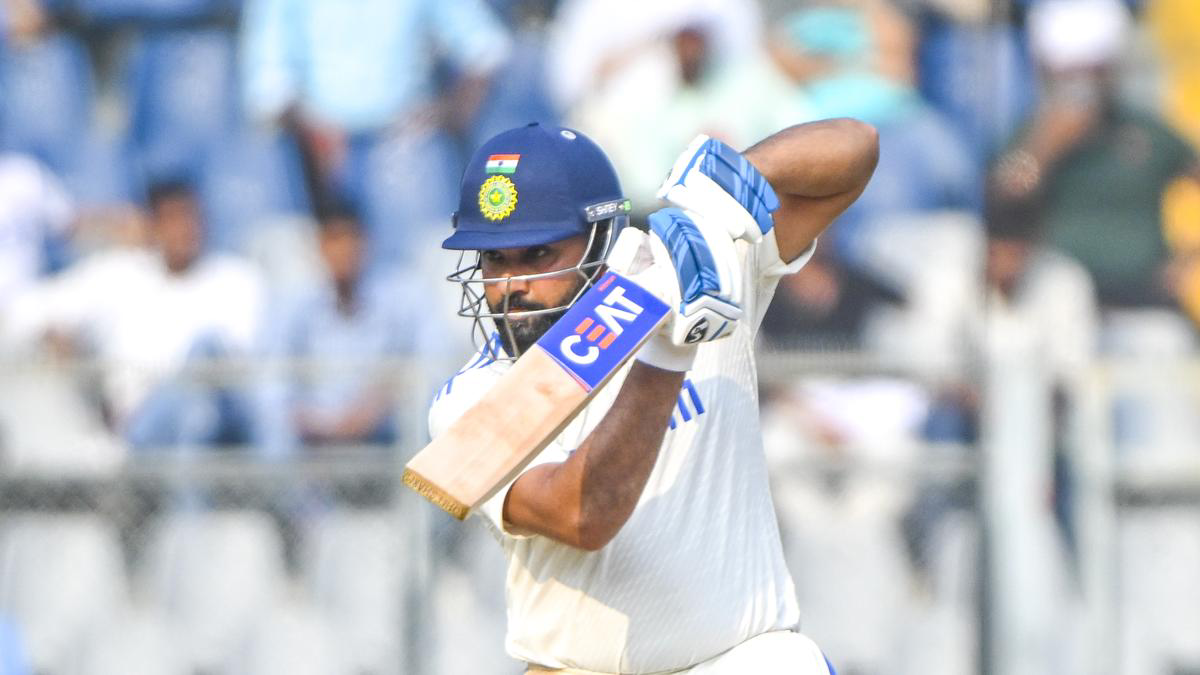Rohit Sharma, once hailed as one of India’s most accomplished Test openers, has seen a dramatic decline in his performance in recent years. From the heights of consistency and resilience against pace bowlers to a sharp downturn in form, his recent numbers tell a story of challenges that highlight the complexities of modern cricket.
The Rise: A Dominant Test Opener
Rohit Sharma’s transition to opening in Test cricket in 2019 marked a pivotal moment in his career. Initially a middle-order batter, he reinvented himself as an opener, displaying extraordinary skill and adaptability. Between October 2019 and September 2023, Rohit averaged an impressive 56.95 against pace, with a balls-per-dismissal (BpD) rate of 104.5. His success during this period positioned him among the elite openers in the world, surpassing many contemporaries in technique and temperament.
The Decline: Rohit Sharma Struggles Against Pace Since October 2023
In the last 12 months, Rohit’s performance against pace has dramatically declined. His average has plummeted to 18.50, with dismissals occurring every 29 balls—a stark contrast to his earlier dominance. This decline has been attributed to his struggles against good-length deliveries and a compromised defensive game.
Challenges Against Good-Length Deliveries
Facing balls pitched on a good length is a litmus test for any batter in Test cricket. Between 2019 and 2023, Rohit excelled, averaging 53.16 and surviving 132.9 balls per dismissal on such deliveries. However, since October 2023, these numbers have nosedived to an average of 12.00 and 30.5 balls per dismissal. His false shot percentage has also surged to 28.8%, the worst among top-seven batters globally during this period.
Defensive Frailties
Rohit’s defensive technique, once his cornerstone, has become increasingly vulnerable. During his peak years, he was dismissed every 130.8 defensive shots, the best among top-seven batters. Over the last year, this figure has dropped to just 17.9, highlighting his struggles to counter seamers effectively. Technical issues, such as his front foot movement and poor weight transfer, have made him susceptible to deliveries outside off stump.
External Factors: The Influence of Shorter Formats
Rohit’s success in white-ball cricket has inadvertently impacted his Test performances. His aggressive approach in ODIs and T20s, where quick scoring is prioritized, has led to subtle changes in his technique that are ill-suited to the demands of Test cricket. For instance, his increased attacking intent early in Test innings has inflated his false shot percentage and reduced his ability to play long innings.
Statistical Analysis of Rohit Sharma’s Career Trajectory
Performance Against Pace in Tests
| Period | Innings | Runs | Balls | Avg | BpD |
|---|---|---|---|---|---|
| Oct 2019 – Sep 2023 | 39 | 1253 | 2299 | 56.95 | 104.5 |
| Since Oct 2023 | 25 | 296 | 467 | 18.50 | 29.1 |
Good-Length Deliveries
| Period | Innings | Runs | Wkts | Avg | BpD | False Shot % |
|---|---|---|---|---|---|---|
| Oct 2019 – Sep 2023 | 39 | 638 | 12 | 53.16 | 132.9 | 19.3% |
| Since Oct 2023 | 25 | 120 | 10 | 12.00 | 30.5 | 28.8% |
Defensive Shots
| Period | Balls | Wkts | BpD |
|---|---|---|---|
| Oct 2019 – Sep 2023 | 785 | 6 | 130.8 |
| Since Oct 2023 | 197 | 11 | 17.9 |
The Bigger Picture: Modern Cricket’s Challenges
Rohit Sharma’s case reflects a broader trend in modern cricket, where the increasing divergence between formats demands specialized skills. Test openers, in particular, face unique challenges that are often at odds with the requirements of white-ball cricket. Balancing these demands is a challenge even for the most gifted players.
Conclusion
Rohit Sharma’s decline in Test cricket serves as a reminder of the evolving demands of the game. While his struggles highlight technical and mental challenges, they also underscore the impact of modern cricket’s scheduling and format specialization. As fans and analysts, we can only hope that Rohit, a proven problem-solver, finds a way to overcome these obstacles and reclaims his place among the greats.

























